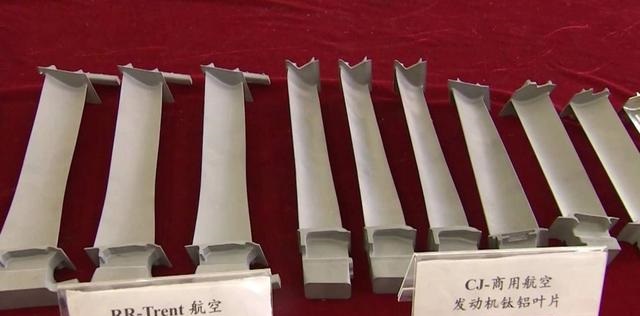This time, the titanium-aluminum alloy engine blades developed by ZKYJ High Performance Metal Research Institute will be used for the first time in the supporting engine CJ1000 of China’s C919 large aircraft.Prior to this, the C919 used the LEAP-X1C engine developed by CFM, a joint venture between General Electric and Safran in France.
And this time to conquer engine blades can be said to be a huge breakthrough. If aviation is the heart of large aircraft, blades are the most difficult technology among them. As for the blades of commercial aviation engines, it is necessary not only to meet the requirements of aviation engines for heat resistance, shock resistance, and hardness, but also to reduce the weight to the greatest extent and ensure the longevity, so as to maximize the commercial efficiency of large aircraft. At present, the density of the newly developed titanium-aluminum alloy is only 4.0, which can greatly reduce the weight of turbine blades, which is of great significance to the CJ1000 engine.

The new engine blades have passed the vibration fatigue assessment, and the overall effect has reached the desired expectations. The next step is to conduct the blade installation assessment, which also shows that the development progress of the CJ1000 has entered the fast lane and is one step closer to entering actual commercial flight. According to the introduction of ZKY R&D staff, in addition to the acceleration of the development of the CJ1000 engine, the current upgraded version of the CJ2000 engine is also stepping up technical research. It is expected that the overall weight of the CJ2000 will be lighter, and how can the engine life and fuel consumption be further reduced, which will further increase the international competitiveness for the commercial use of large aircraft.

